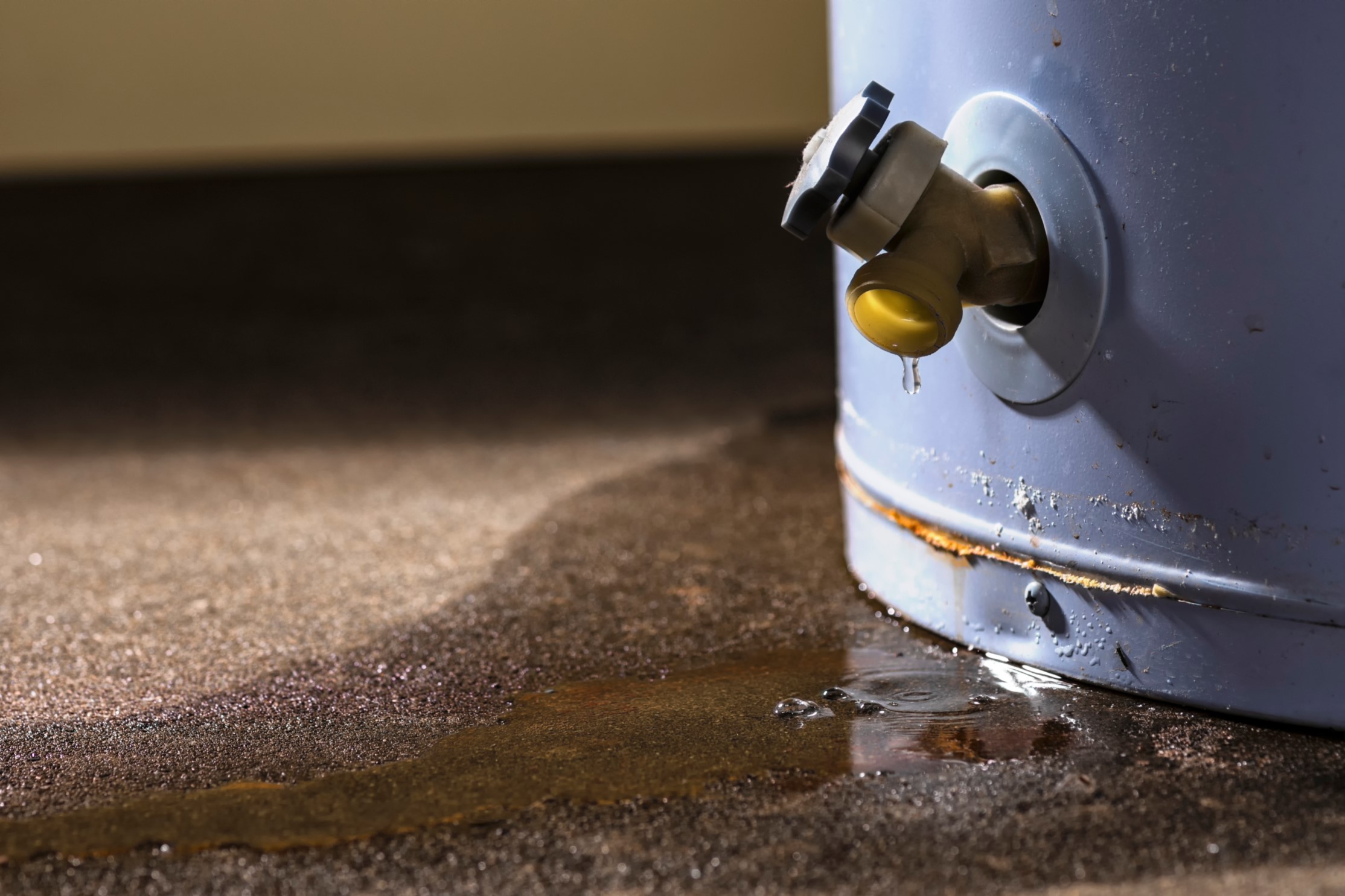Easy Steps to Caring for Your Home's Hot Water SystemKey Maintenance Tips for Your Home's Hot Water System
Easy Steps to Caring for Your Home's Hot Water SystemKey Maintenance Tips for Your Home's Hot Water System
Blog Article
What are your opinions about Water Heater Maintenance Tips You Can't Afford to Forget?

Warm water is essential for daily comfort, whether it's for a refreshing shower or washing meals. To guarantee your warm water system runs successfully and lasts longer, regular maintenance is crucial. This short article provides sensible pointers and insights on how to maintain your home's hot water system to avoid disturbances and pricey repair services.
Intro
Preserving your home's hot water system might seem overwhelming, yet with a few basic actions, you can ensure it runs efficiently for several years to find. This guide covers everything from understanding your warm water system to DIY maintenance pointers and understanding when to hire specialist assistance.
Relevance of Preserving Your Warm Water System
Routine maintenance not just expands the life expectancy of your hot water system yet likewise ensures it runs effectively. Neglecting upkeep can lead to lowered effectiveness, higher power bills, and also early failure of the system.
Signs Your Hot Water System Needs Upkeep
Understanding when your warm water system needs focus can stop significant problems. Keep an eye out for signs such as irregular water temperature, strange noises from the heating unit, or rustic water.
Comprehending Your Warm Water System
Before diving right into maintenance jobs, it's valuable to understand the standard components of your warm water system. Generally, this consists of the water heater itself, pipes, anode poles, and temperature controls.
Month-to-month Maintenance Tasks
Normal regular monthly checks can help capture minor problems prior to they intensify.
Purging the Water Heater
Purging your water heater eliminates sediment accumulation, boosting efficiency and prolonging its life.
Checking and Changing Anode Rods
Anode poles stop deterioration inside the tank. Examining and changing them when broken is crucial.
Examining and Changing Temperature Level Setups
Adjusting the temperature level setups makes sure ideal efficiency and security.
DIY Tips for Maintenance
You can carry out numerous upkeep jobs yourself to keep your hot water system in top condition.
Looking for Leakages
Routinely evaluate pipes and links for leaks, as these can bring about water damage and greater bills.
Examining Pressure Relief Valves
Examining the pressure safety valve ensures it works correctly and stops excessive pressure accumulation.
Shielding Pipes
Shielding warm water pipes reduces heat loss and can save energy.
When to Call a Specialist
While DIY maintenance is useful, some concerns call for professional knowledge.
Complicated Problems Calling For Expert Help
Examples consist of significant leaks, electrical issues, or if your water heater is constantly underperforming.
Routine Professional Upkeep Conveniences
Specialist upkeep can include extensive examinations, tune-ups, and ensuring compliance with safety and security criteria.
Conclusion
Regular maintenance of your home's hot water system is necessary for performance, longevity, and expense financial savings. By adhering to these suggestions and understanding when to look for specialist help, you can make sure a reliable supply of hot water without unexpected disruptions.
How to Maintain an Instant Hot Water Heater
Before tinkering with your hot water heater, make sure that it’s not powered on. You also have to turn off the main circuit breaker and shut off the main gas line to prevent accidents. Also turn off the water valves connected to your unit to prevent water from flowing into and out of the appliance. 2. When you’re done, you have to detach the purge valves’ caps. These look like the letter “T” and are situated on either side of the water valves. Doing so will release any pressure that has accumulated inside the valves while at the same time avoid hot water from shooting out and burning your skin. 3. When the purge valves’ caps are removed, you have to connect your hosing lines to the valves. Your unit should have come with three hoses but if it didn’t, you can purchase these things from any hardware or home repair shops. You can also get them from retail stores that sell water heating systems. Read the user’s manual and follow it to complete this task properly. When the hosing lines are connected, open the purge port’s valves. 4. You should never use harsh chemical cleaners or solutions when cleaning your unit. Make use of white vinegar instead. It should be undiluted and you’ll probably use about 2 gallons. 5. Now flush your water heater. This task should probably take about 40 minutes. We can’t give you specific directions for this because the procedure is carried out depending on the type, model and brand of your heater. With that being said, refer to the user’s manual. 6. When you’re done draining the unit, you have to turn off the purge port valves again. Remove the hosing lines that you earlier installed on each of the water valves. Put the valve caps (purge port) back in their respective places and be very careful so as not to damage the rubber discs that are found inside these caps. 7. Now that everything’s back in place, check your user’s manual again to find out how to reactivate your water heating system. 8. Once it is working, turn one of your hot water faucets on just to let air pass through the heater’s water supply pipes. Leave the tap on until water flows smoothly out of it. https://www.orrplumbing.com/blog/2014/september/how-to-maintain-an-instant-hot-water-heater/

We are very interested in How to Maintain Your Water Heater & Prolong its Life and I'm hoping you enjoyed reading the entire entry. Sharing is caring. One never knows, you might be helping someone out. I recognize the value of your readership.
Explore Now Report this page